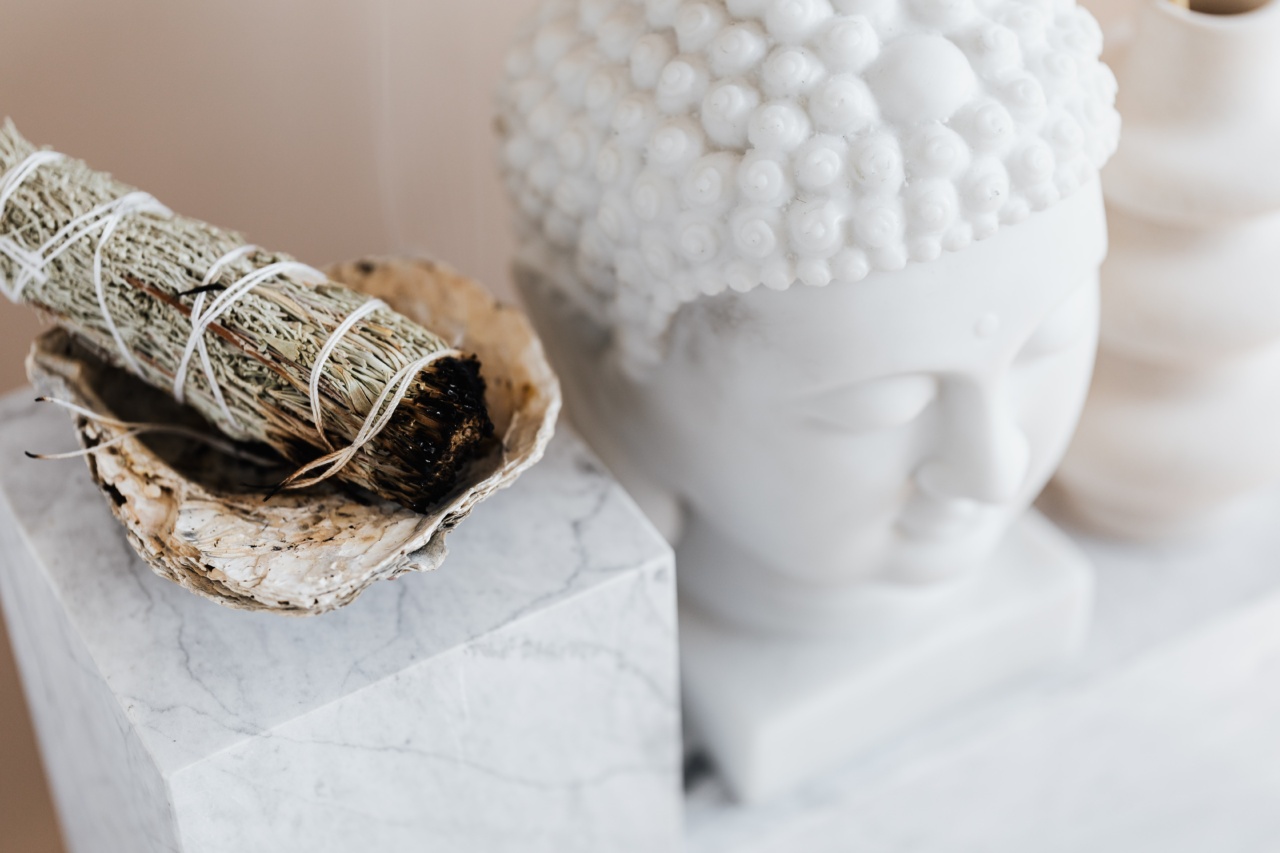Dealing with a flaky and itchy scalp can be quite frustrating. However, before seeking treatment, it is crucial to identify the cause of your scalp condition.
While dandruff is a common scalp issue, head psoriasis can sometimes be mistaken for dandruff due to similar symptoms.
Understanding Dandruff
Dandruff is a common scalp condition that leads to the shedding of dead skin cells from the scalp. It is often caused by an overgrowth of a yeast-like fungus called Malassezia.
This fungus feeds on the scalp’s natural oils, leading to the rapid production of new skin cells and the shedding of old ones.
Some key characteristics of dandruff include:.
- White and flaky appearance
- Itchy scalp
- Dryness or oiliness of the scalp
- Mild redness or irritation
- No plaques or scales
Decoding Head Psoriasis
Head psoriasis, on the other hand, is an autoimmune disorder that causes an accelerated production of skin cells. This leads to the formation of thick, silvery scales and red patches on the scalp.
Itching and irritation are common symptoms, and the condition can fluctuate between periods of flare-ups and remission.
Here are some key characteristics of head psoriasis:.
- Silvery scales and red patches on the scalp
- Intense itching and irritation
- Dry, cracked, or bleeding scalp
- Plaques or scales on the scalp
Distinguishing Dandruff from Head Psoriasis
While dandruff and head psoriasis share similar symptoms such as itching and flaking, there are a few key differences that can help you differentiate between the two:.
1. Appearance and Scalp Texture
Dandruff flakes are typically white or yellowish and appear powdery or fine. They can easily be brushed off the hair and scalp. On the other hand, head psoriasis scales are thicker, silverish, and have a scaly or plaque-like appearance.
They may attach firmly to the hair shaft and are more difficult to remove.
2. Scalp Redness and Irritation
Dandruff may cause mild irritation or redness, but it is generally minimal. In contrast, head psoriasis often leads to significant redness and irritation. The affected areas may also feel sore or tender to the touch.
3. Severity and Persistence
Dandruff tends to be a milder and more temporary condition. It may come and go over time or vary with specific triggers such as weather changes or stress. In contrast, head psoriasis can be more severe and persistent.
It may last for weeks or months and requires long-term management and treatment.
4. Associated Symptoms
In addition to the common symptoms of itching and flaking, head psoriasis may cause other symptoms such as scalp tightness, hair loss, and a burning sensation.
Dandruff, on the other hand, typically only leads to itching and flaking without these additional symptoms.
Seeking Professional Diagnosis
If you are unsure whether you are dealing with dandruff or head psoriasis, it is recommended to consult a dermatologist for a definitive diagnosis.
A dermatologist will examine your scalp closely, take into account your medical history, and possibly perform additional tests if necessary.
Remember, self-diagnosis without professional guidance can lead to confusion and ineffective treatment. It’s crucial to get an accurate diagnosis to ensure the right course of action and relief from your scalp condition.
Treatment Options
Both dandruff and head psoriasis can be managed with appropriate treatment. Here are some potential treatment options:.
Treating Dandruff
1. Over-the-counter dandruff shampoos: Look for shampoos containing active ingredients such as pyrithione zinc, selenium sulfide, ketoconazole, or salicylic acid. These ingredients can help reduce the fungus and control flaking.
2. Regular shampooing: Washing your hair regularly with a gentle, fragrance-free shampoo can help remove excess oil and dead skin cells, reducing the risk of dandruff.
3. Avoiding triggers: Certain factors like stress, harsh hair products, or weather changes can worsen dandruff. Identifying and avoiding these triggers can help manage your symptoms.
Treating Head Psoriasis
1. Prescription medications: Topical corticosteroids, vitamin D analogs, and coal tar preparations are frequently prescribed to manage head psoriasis. These medications can help reduce inflammation, control scaling, and promote the healing of the scalp.
2. Scalp moisturizers: Non-medicated scalp moisturizers or emollients can be used to hydrate the scalp and reduce dryness or itching.
3. Phototherapy: If the condition is severe or widespread, your dermatologist may recommend phototherapy. This involves exposing the scalp to ultraviolet light under medical supervision.
Conclusion
Distinguishing between dandruff and head psoriasis can be challenging due to their similar symptoms. However, understanding the differences is crucial for effective and targeted treatment.
If you are unsure about your scalp condition, it is best to consult a dermatologist for proper diagnosis and guidance. Remember, with the right approach, relief from scalp conditions is achievable.





























